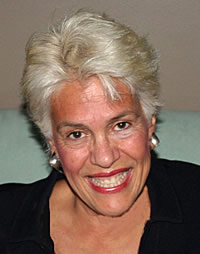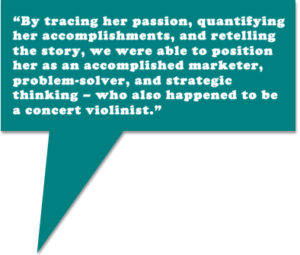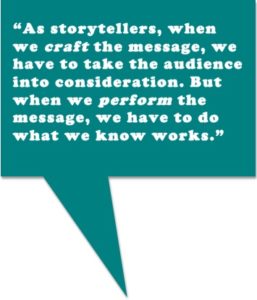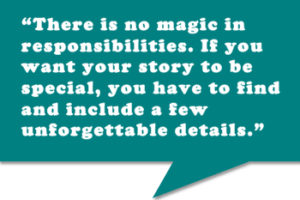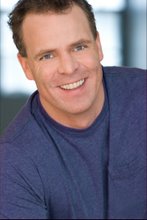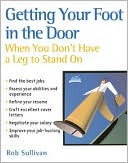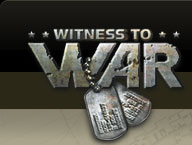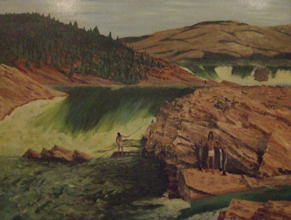My friend Sarah McCue, co-founder of Read/Share a Story “for women and men of the world to learn from each other for self-discovery, exchange, awareness of other cultures, and development of new friendships through online networking and communication,” just announced a Proust Questionnaire on the site. Sarah is also behind The Remembering Site.
When she mentioned the term Proust Questionnaire a few months ago, it was the first time I’d heard the term. Here’s the origin: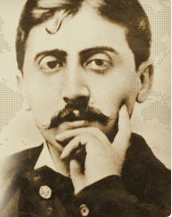
At the end of the nineteenth century, young Marcel Proust was still in his teens when he answered a questionnaire at two social events — one when he was 13, another when he was 20. At that time, it was a fad to answer such a list of questions that revealed the tastes and aspirations of the taker. Proust did not invent this party game; he is simply the most extraordinary person to respond to them. His answers can be easily found online and show the fascinating maturing of thought and priorities in life. Proust answered the questionnaire several times in his life, always with enthusiasm.
I can’t help thinking about all the questionnaires along these lines that have made the rounds of Facebook of late. Personally, I love both responding to these questionnaires and reading the responses of others. Many Facebookers are not so receptive.
But I think the addition of the Proust Questionnaire to Sarah’s site is brilliant. It’s a way to construct your story.
Here are the questions:
- What is your current state of mind?
- What do you consider the most overrated virtue?
- On what occasion do you lie?
- What do you most dislike about your appearance?
- Which living person do you most despise?
- What is the quality you most like in a man?
- What is the quality you most like in a woman?
- Which words or phrases do you most overuse?
- What or who is the greatest love of your life?
- When and where were you happiest?
- Which talent would you most like to have?
- If you could change one thing about yourself, what would it be?
- What do you consider your greatest achievement?
- If you were to die and come back as a person or a thing, what would it be?
- Where would you most like to live?
- What is your most treasured possession?
- What do you regard as the lowest depth of misery?
- What is your favorite occupation? <
- What is your most marked characteristic?
- What do you most value in your friends?
- Who are your favorite writers?
- Who is your hero of fiction?
- Which historical figure do you most identify with?
- Who are your heroes in real life?
- What are your favorite names?
- What is it that you most dislike?
- What is your greatest regret?
- How would you like to die?
- What is your motto?

